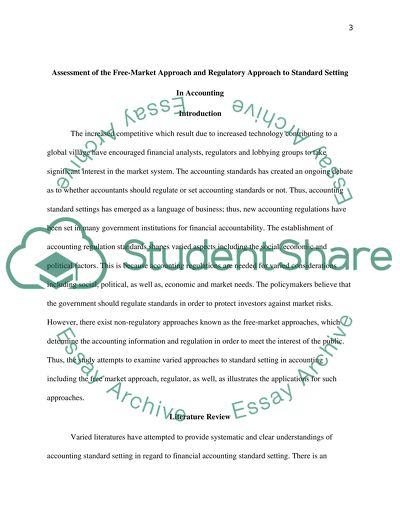Cite this document
(“FREE-MARKET APPROACH AND REGULATORY APPROACH TO STANDARD SETTING IN Assignment”, n.d.)
Retrieved de https://studentshare.org/finance-accounting/1472347-free-market-approach-and-regulatory-approach-to-standard-setting-in-accounting
Retrieved de https://studentshare.org/finance-accounting/1472347-free-market-approach-and-regulatory-approach-to-standard-setting-in-accounting
(FREE-MARKET APPROACH AND REGULATORY APPROACH TO STANDARD SETTING IN Assignment)
https://studentshare.org/finance-accounting/1472347-free-market-approach-and-regulatory-approach-to-standard-setting-in-accounting.
https://studentshare.org/finance-accounting/1472347-free-market-approach-and-regulatory-approach-to-standard-setting-in-accounting.
“FREE-MARKET APPROACH AND REGULATORY APPROACH TO STANDARD SETTING IN Assignment”, n.d. https://studentshare.org/finance-accounting/1472347-free-market-approach-and-regulatory-approach-to-standard-setting-in-accounting.


